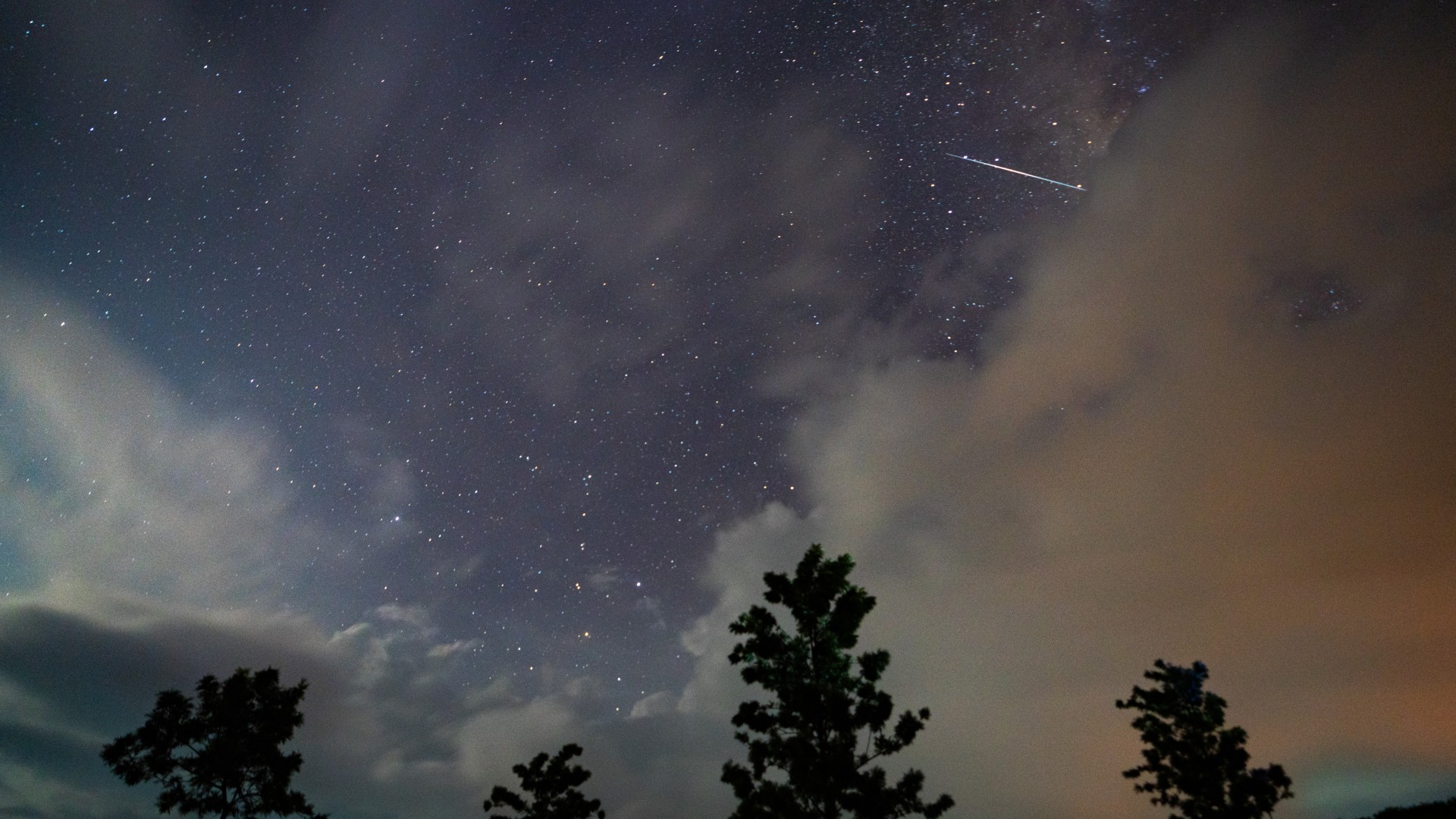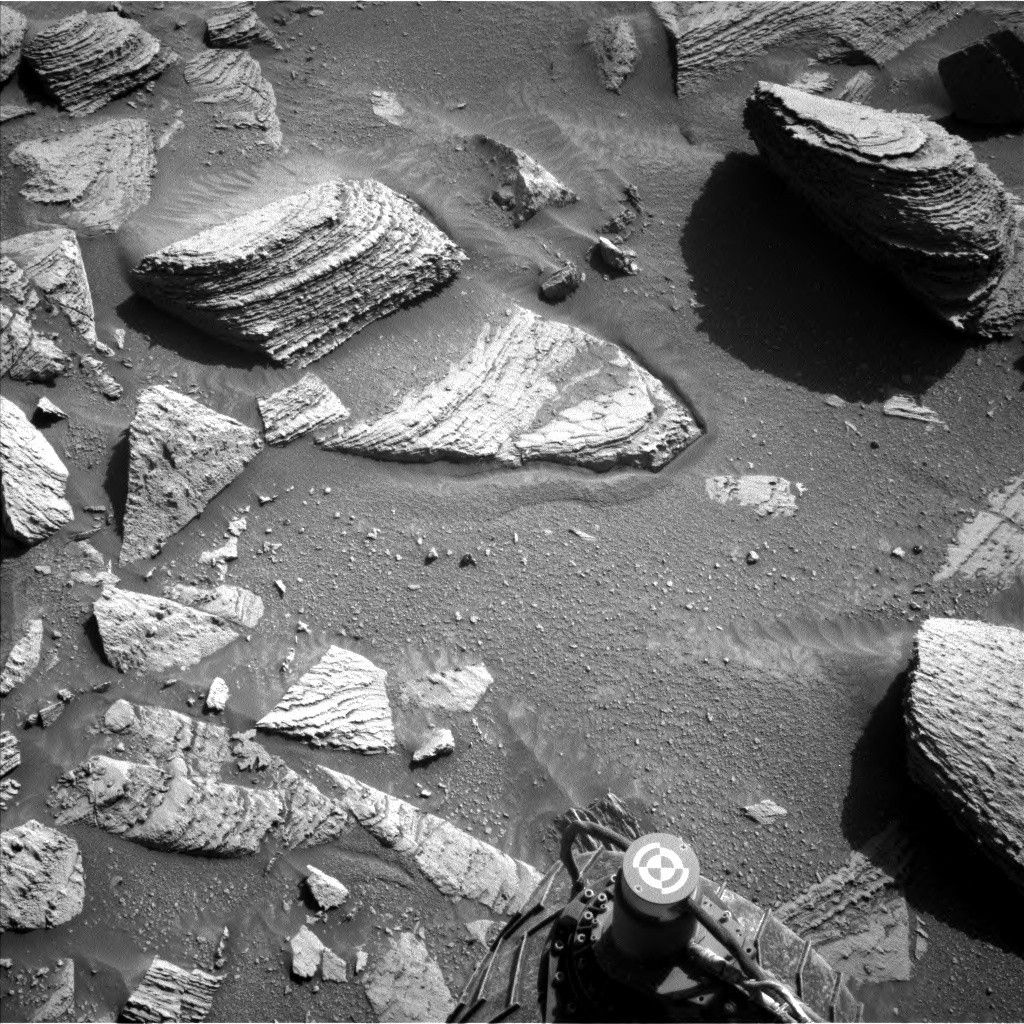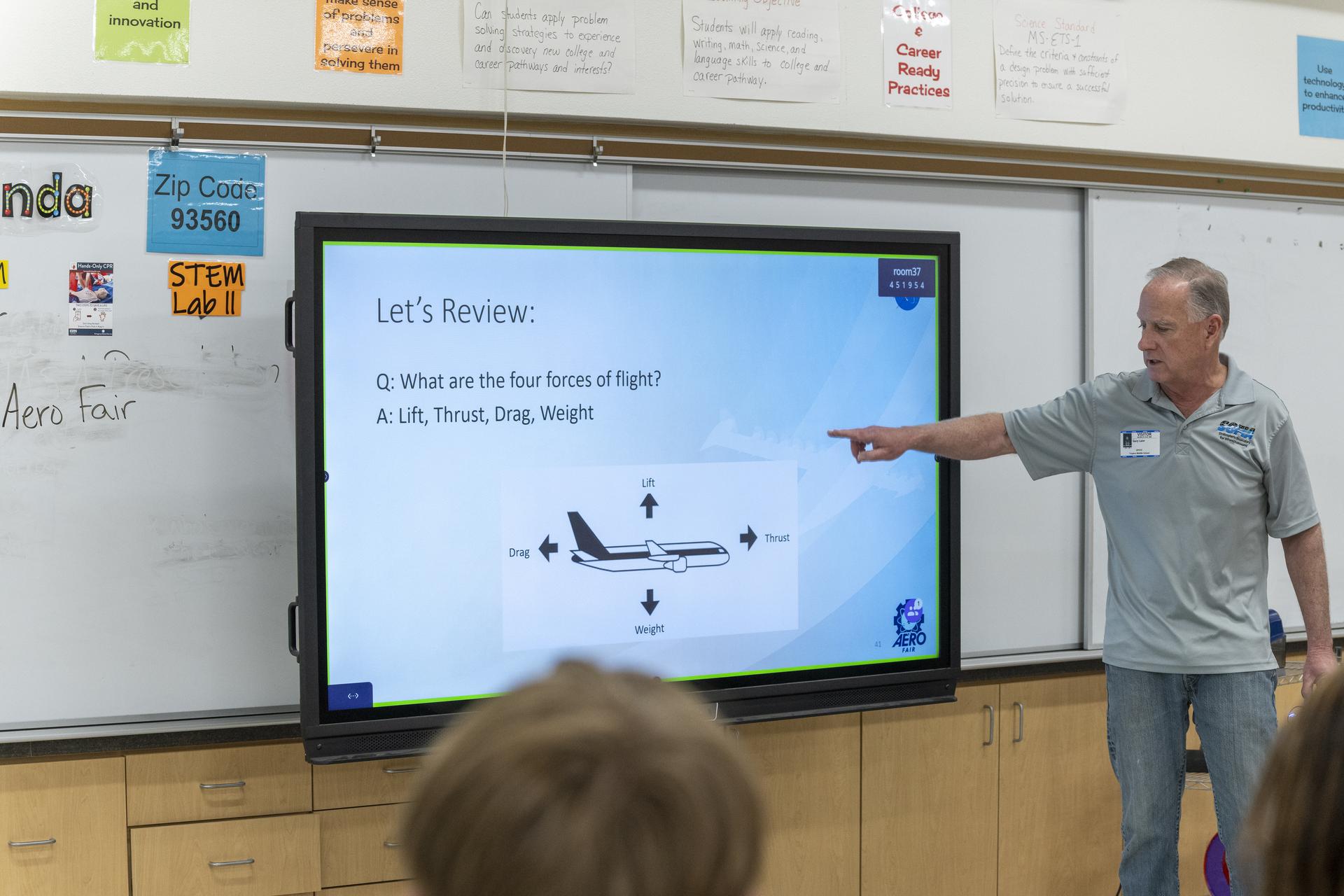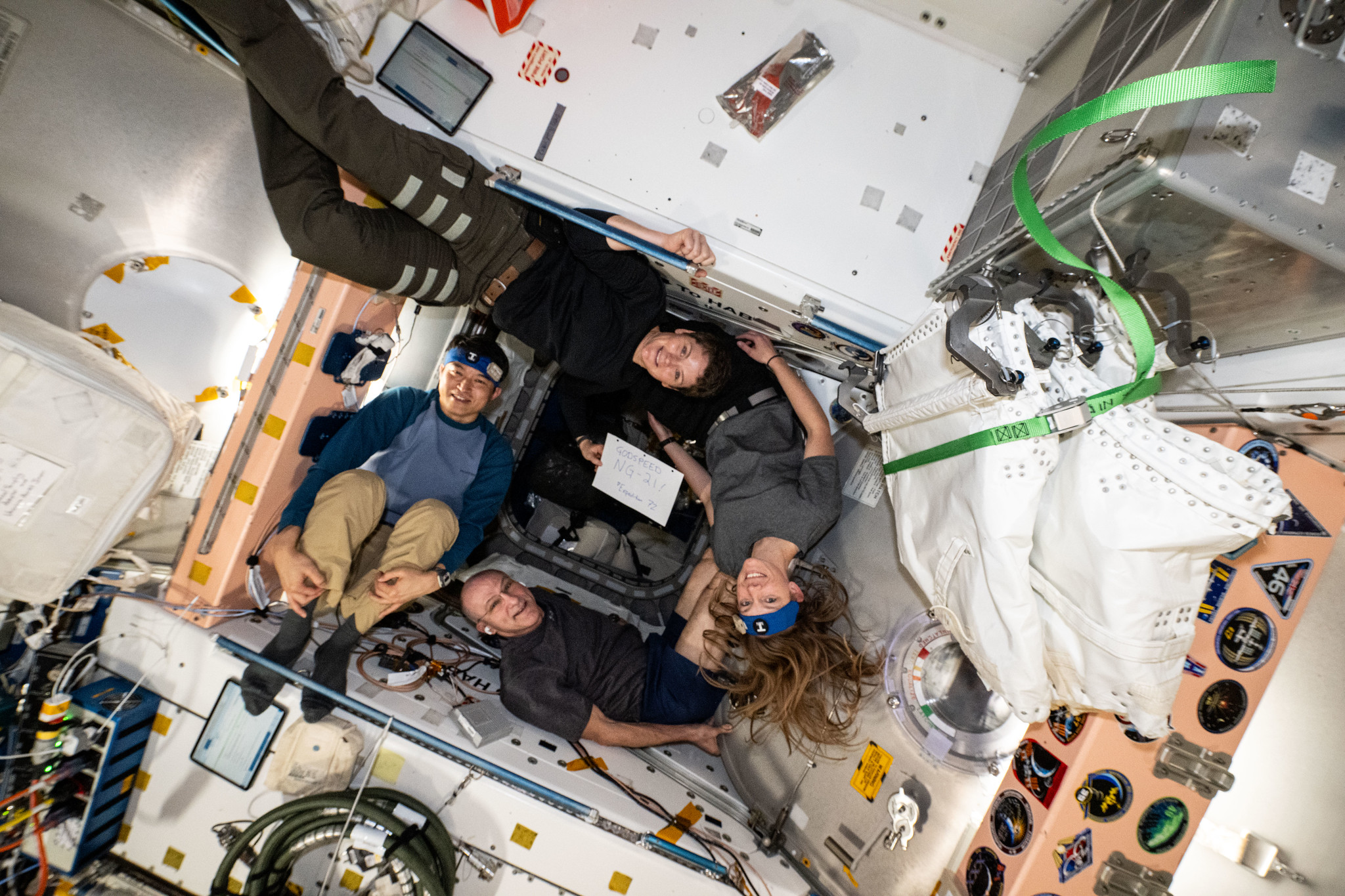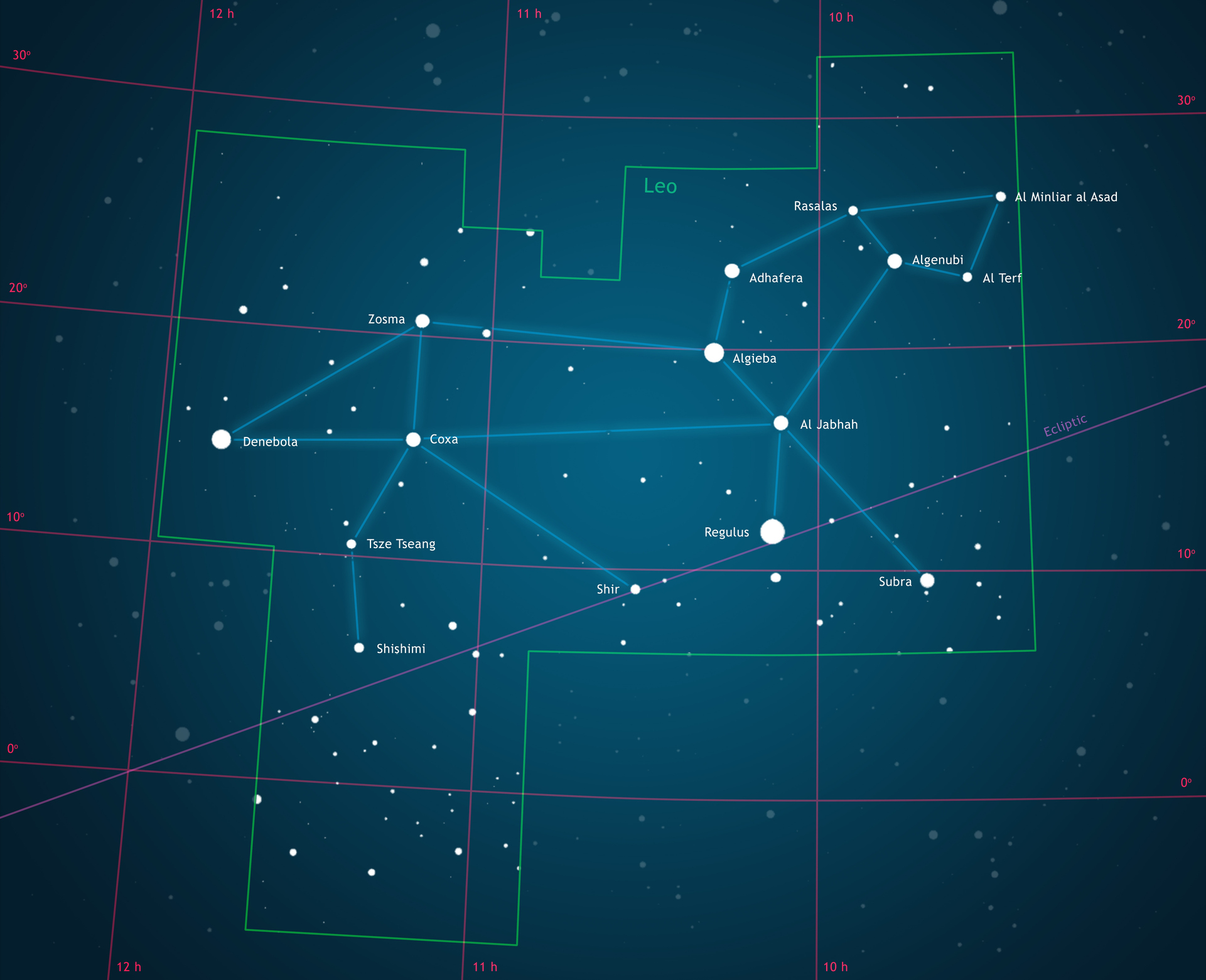Among the top 10 meteor showers appearing annually, one of the best will be reaching its peak on Tuesday morning (May 6). The Eta Aquarid shower ranks among the top four in terms of overall activity. Because the meteors appear to emanate from a spot on the sky (called the “radiant”) in the Water Jar of the Aquarius constellation — hence the name “Aquarids” — their visibility favors prospective skywatchers south of the equator. Indeed, for those living in the Southern Hemisphere (Santiago, Johannesburg Melbourne, Auckland), the Eta Aquarid radiant…
Read MoreAuthor: NeRD
May’s Night Sky Notes: How Do We Find Exoplanets?
4 min read May’s Night Sky Notes: How Do We Find Exoplanets? Astronomers have been trying to discover evidence that worlds exist around stars other than our Sun since the 19th century. By the mid-1990s, technology finally caught up with the desire for discovery and led to the first discovery of a planet orbiting another sun-like star, Pegasi 51b. Why did it take so long to discover these distant worlds, and what techniques do astronomers use to find them? The Transit Method A planet passing in front of its parent star…
Read MoreSols 4525-4526: The Day After Groundhog Day (Between Ghost Mountain and Texoli, Headed South)
Curiosity Navigation Curiosity Home Mission Overview Where is Curiosity? Mission Updates Science Overview Instruments Highlights Exploration Goals News and Features Multimedia Curiosity Raw Images Images Videos Audio Mosaics More Resources Mars Missions Mars Sample Return Mars Perseverance Rover Mars Curiosity Rover MAVEN Mars Reconnaissance Orbiter Mars Odyssey More Mars Missions Mars Home 3 min read Sols 4525-4526: The Day After Groundhog Day (Between Ghost Mountain and Texoli, Headed South) NASA’s Mars rover Curiosity acquired this image showing ChemCam/Mastcam targets “Breeze Hill” and “Laguna Mountain,” together with a rover wheel planted…
Read MoreNASA STEM Programs Ignite Curiosity Beyond the Classroom
3 min read Preparations for Next Moonwalk Simulations Underway (and Underwater) Gary Laier, center liaison for the Small Business Innovation Research/Small Business Technology Transfer (SBIR/STTR) program at NASA’s Armstrong Flight Research Center in Edwards, California, teaches students about aeronautics during Aero Fair at Tropico Middle School in Rosamond, California, on April 9, 2025. NASA/Genaro Vavuris When curiosity takes flight, learning knows no bounds. The impact of supporting STEM education extends far beyond the classroom, shaping the future of innovation and exploration. NASA Engages is the agency’s outreach website that connects…
Read MoreSaxophone in Space
Astronaut Ronald E. McNair, STS-41B mission specialist, used some of his off-duty time aboard the space shuttle Challenger to play his saxophone.
Read MoreNASA, International Astronauts to Connect with Students in Texas
Expedition 72 Flight Engineers Takuya Onishi from JAXA (Japan Aerospace Exploration Agency) and NASA astronauts Anne McClain, Nichole Ayers, and Don Pettit pose while inside the vestibule between the International Space Station’s Unity module and the Cygnus space freighter. NASA NASA astronaut Nichole Ayers and JAXA (Japan Aerospace Exploration Agency) astronaut Takuya Onishi will answer prerecorded questions about science, technology, engineering, and mathematics from students in Mansfield, Texas, while aboard the International Space Station. The 20-minute space-to-Earth call will take place at 10:40 a.m. EDT on Monday, May 5, and…
Read More¿Qué es una caminata espacial? (Grados 5.o a 8.o)
Este artículo es para estudiantes de 5.o a 8.o grado. Cada vez que un astronauta sale de un vehículo espacial, se dice que hace una actividad extravehicular (EVA, por sus siglas en inglés). A esto también se le llama caminata espacial. El astronauta ruso Alexei Leonov hizo la primera caminata espacial el 18 de marzo de 1965. La primera caminata espacial duró 10 minutos. El astronauta Ed White hizo la primera caminata espacial de un estadounidense durante la misión Géminis 4, el 3 de junio de 1965. La caminata espacial de White…
Read MoreNASA Kicks Off Biological Research Aboard Space Station
Crew members are kicking off operations for several biological experiments that recently launched to the International Space Station aboard NASA’s 32nd SpaceX commercial resupply services mission. These include examining how microgravity affects production of protein by microalgae, testing a microscope to capture microbial activity, and studying genetic activity in biofilms. Microalgae in microgravity Sophie’s BioNutrients This ice cream is one of several products made with a protein powder created from Chlorella microalgae by researchers for the SOPHONSTER investigation, which looks at whether the stress of microgravity affects the algae’s protein…
Read MoreHow to see a celestial ‘gazelle’ cross the night sky close to the Big Dipper this week
With the constellation Ursa Major high in the sky, late April presents an ideal opportunity to spot the ‘Three Leaps of the Gazelle’ asterism – a set of three stellar pairings hanging below the Great Bear‘s most famous feature: the seven stars of the Big Dipper. The first mention of the Three Leaps of the Gazelle asterism was seemingly penned by the 13th century Arabic astronomer and mathematician Ulugh Beg, according to a 2021 post from the University of Arkansas at Little Rock. The three star pairings – an asterism…
Read MoreCapture May’s full moon and the Eta Aquarid meteor shower with the best DSLR for astrophotography, now $600 off
The Nikon D850 has been reduced from $2,396.95 to a staggering $1,796.95, which is an incredible discount if you’re in the market for one of the best DSLR cameras ever made. It’s the first time we’ve seen the D850 come in at under $2,000, even beating the Black Friday price (which was $2,196.95). Get the Nikon D850 for just $1,796.95 and save $600 at Adorama. Our resident camera guru, Jase Parnell-Brookes, called the D850 an astrophotography master, and Jase highlighted the Nikon D850’s brilliant design with its backlit buttons, excellent…
Read More